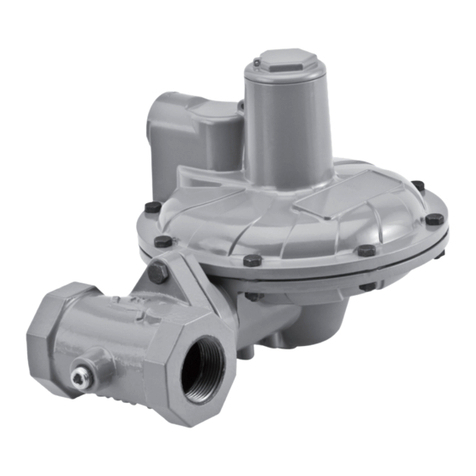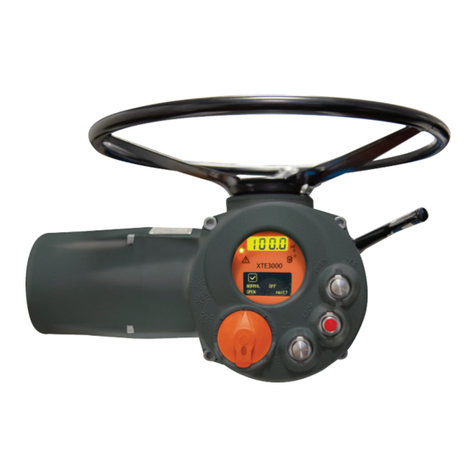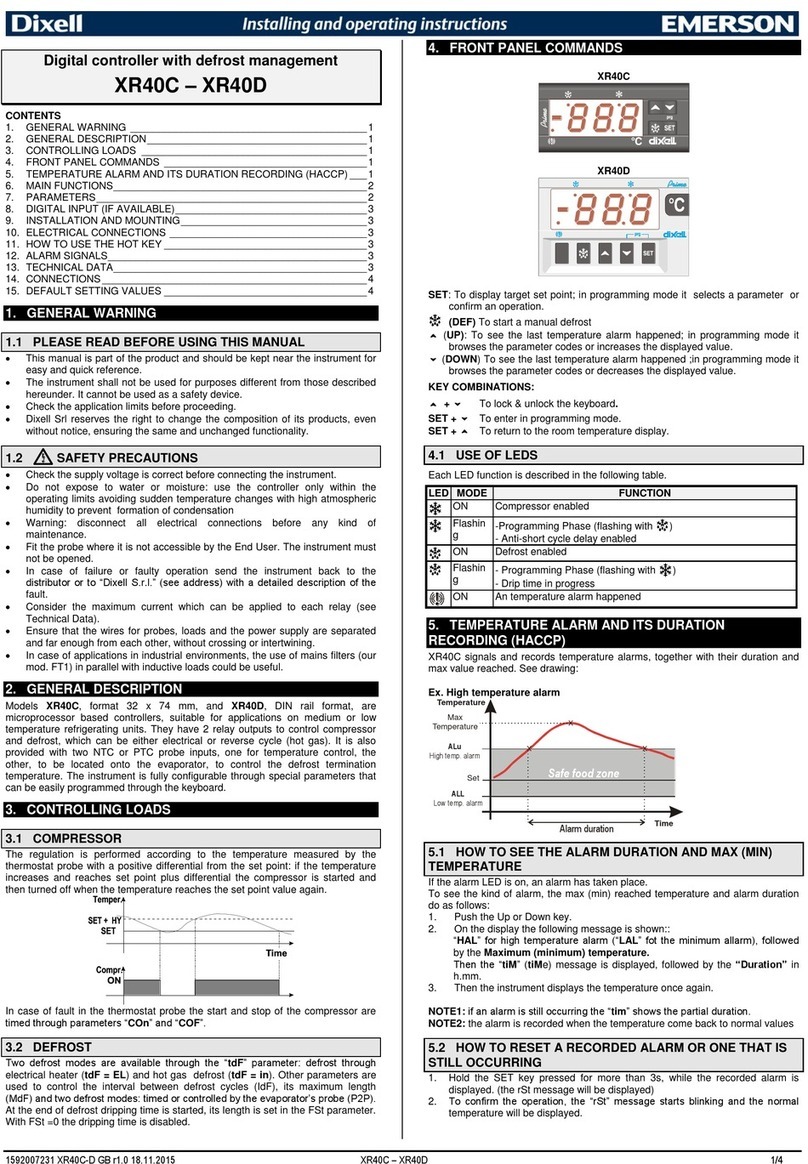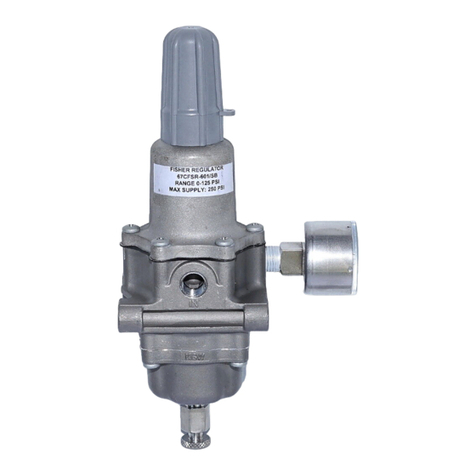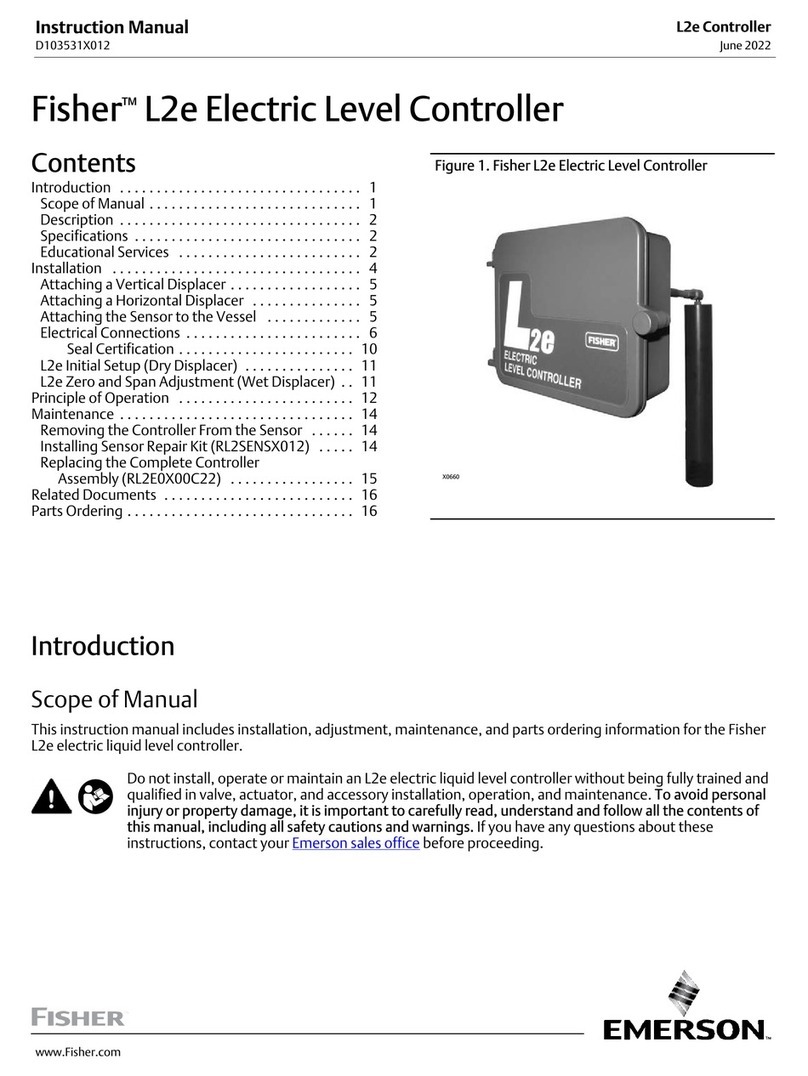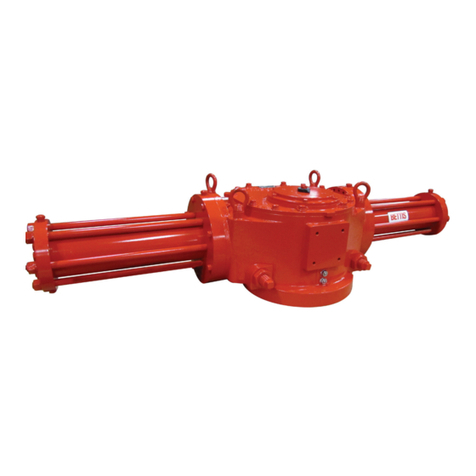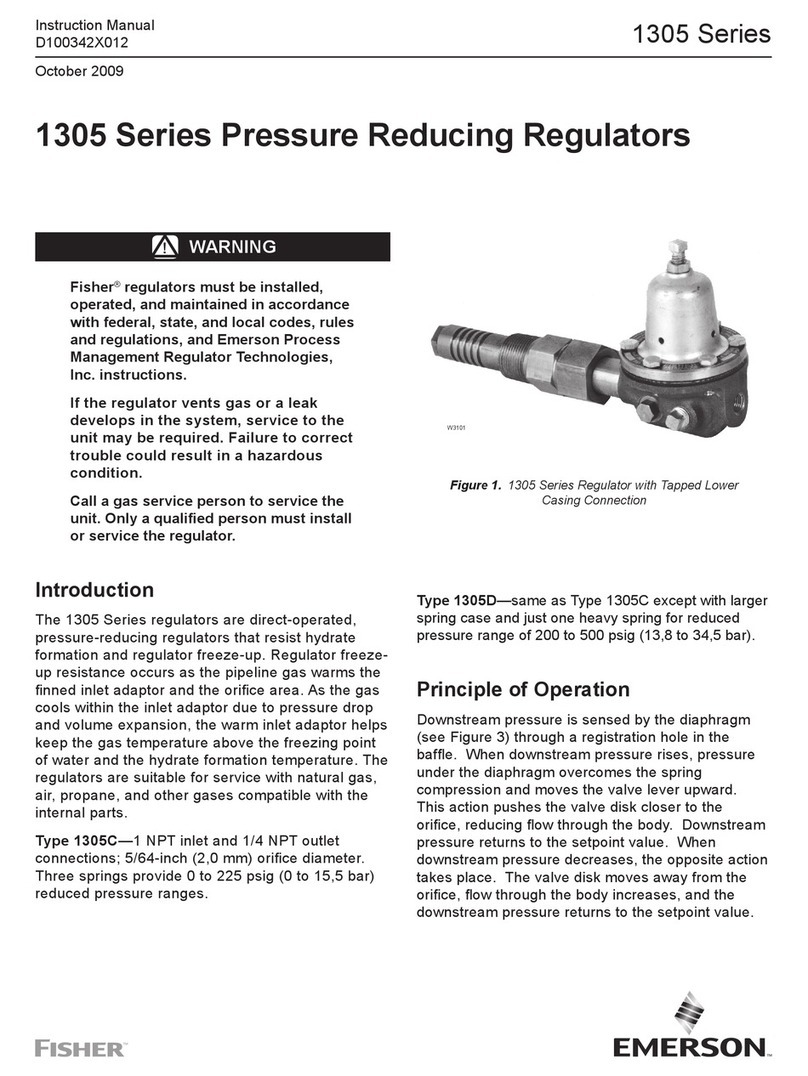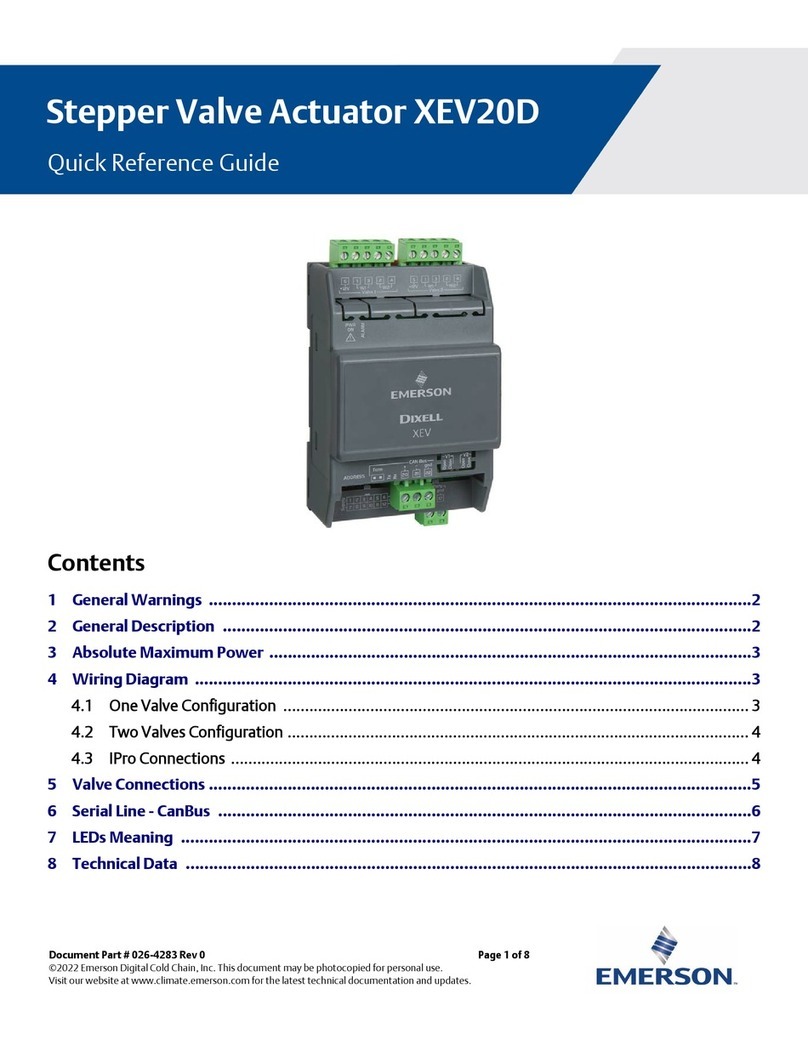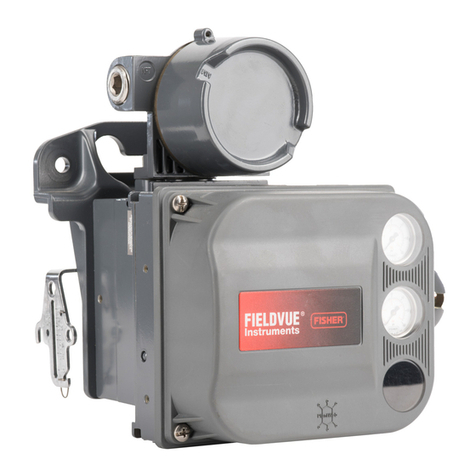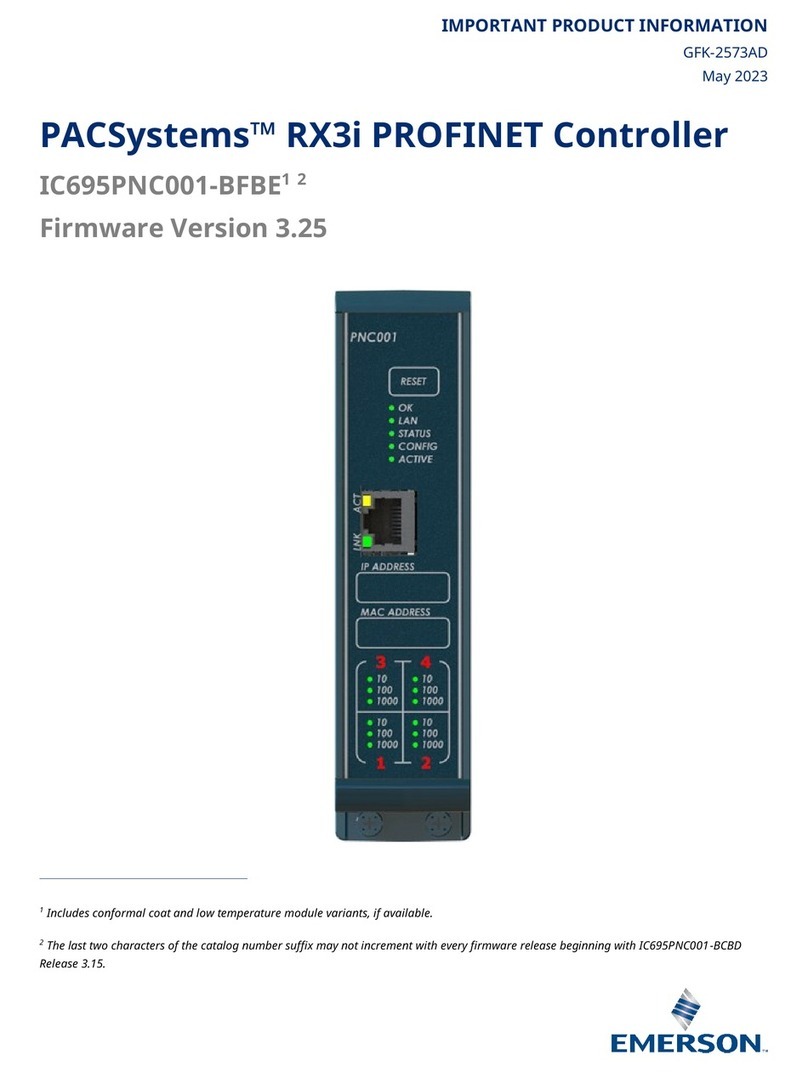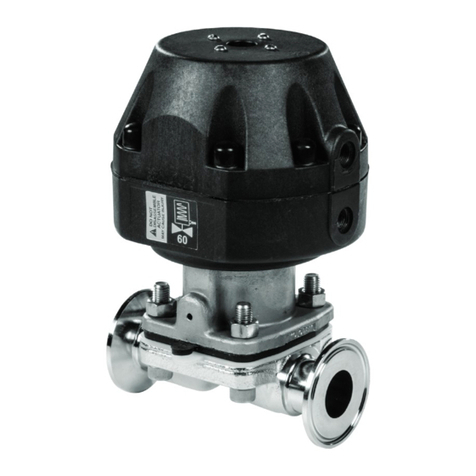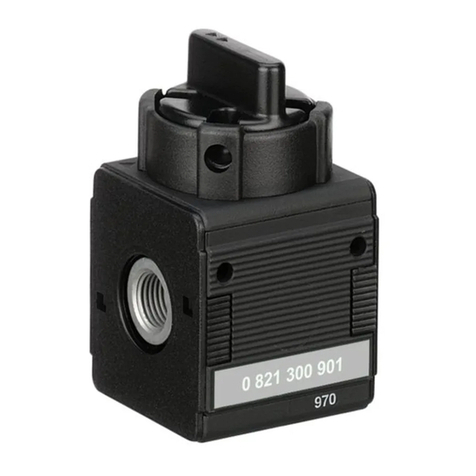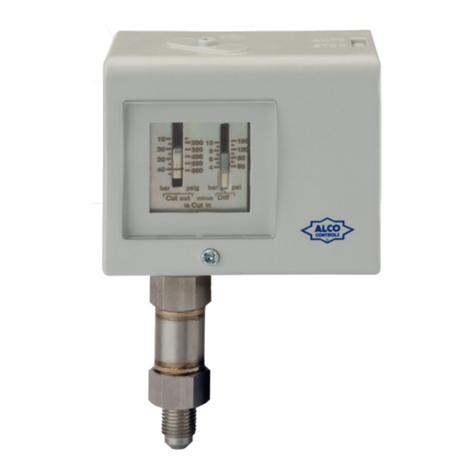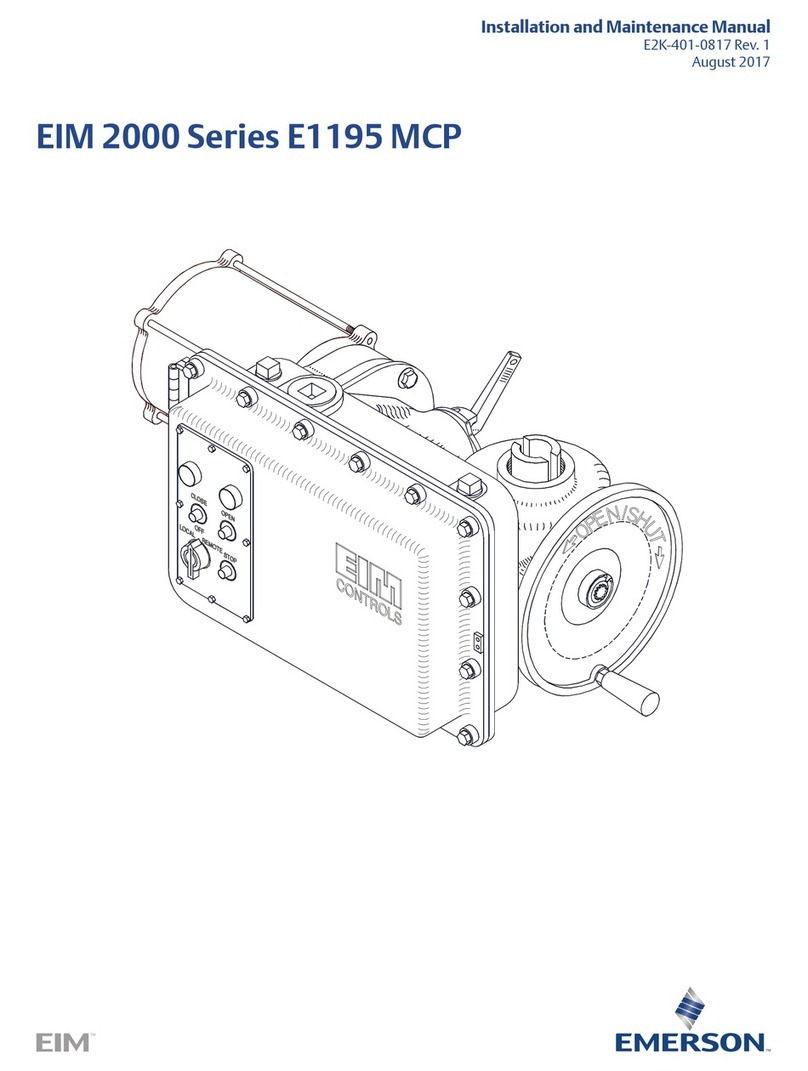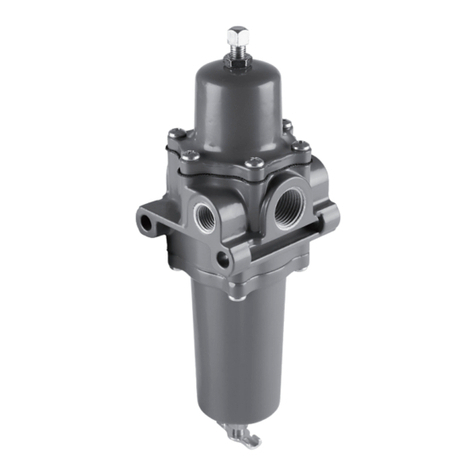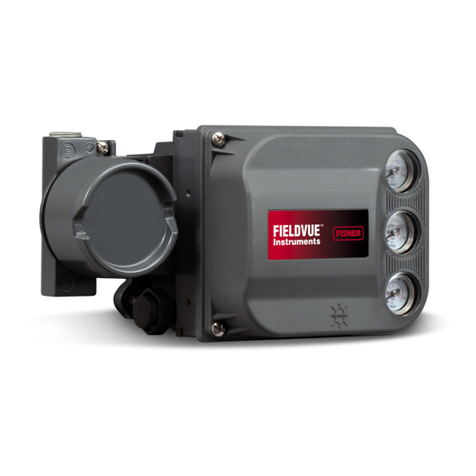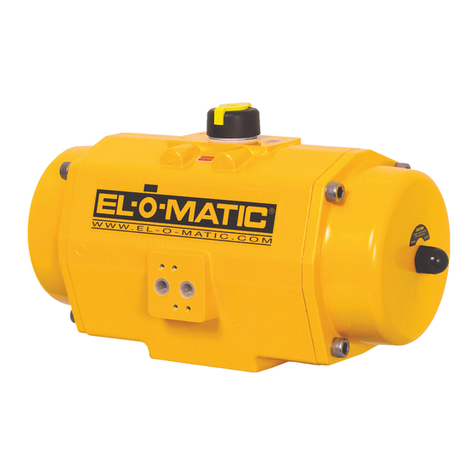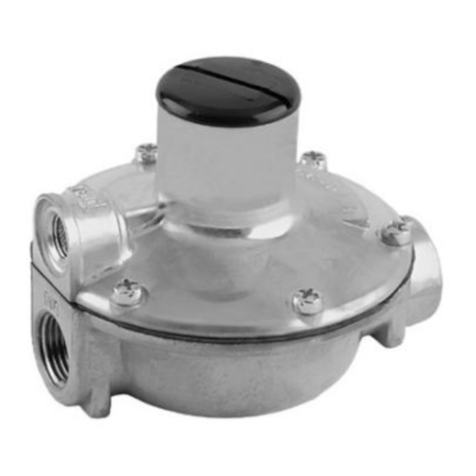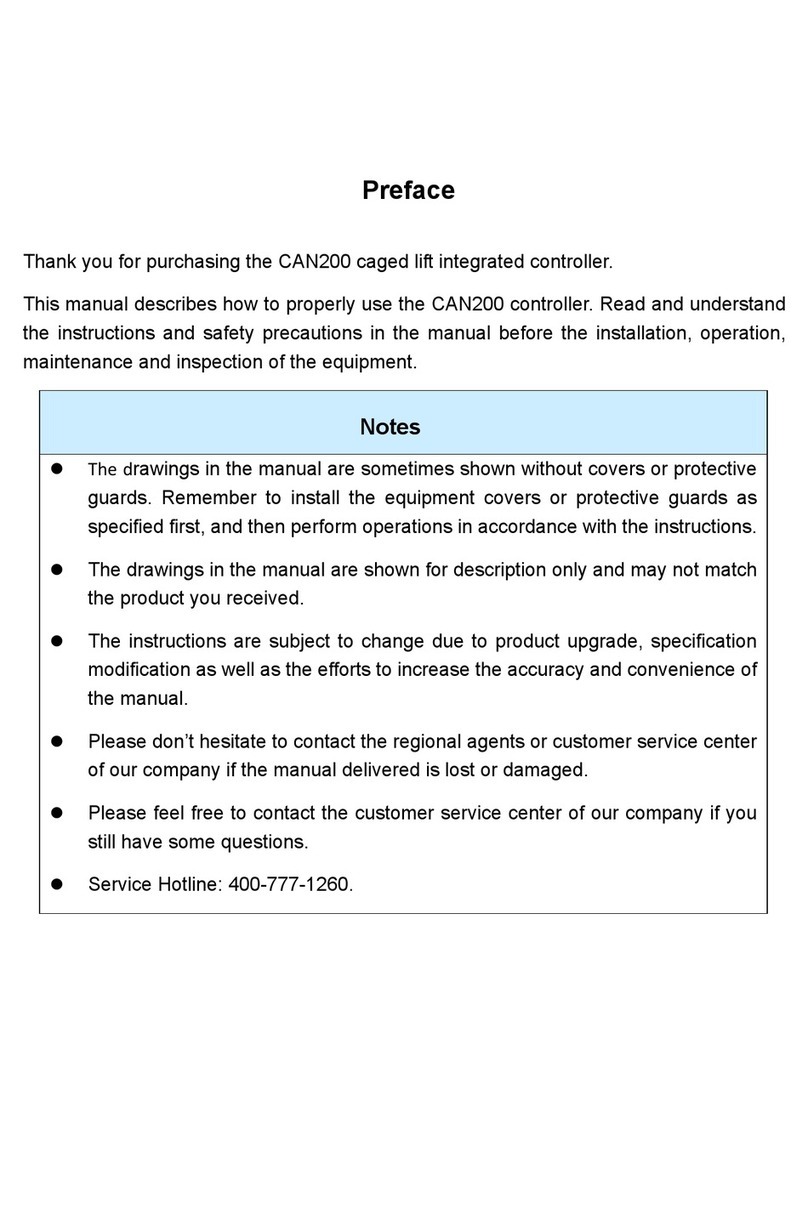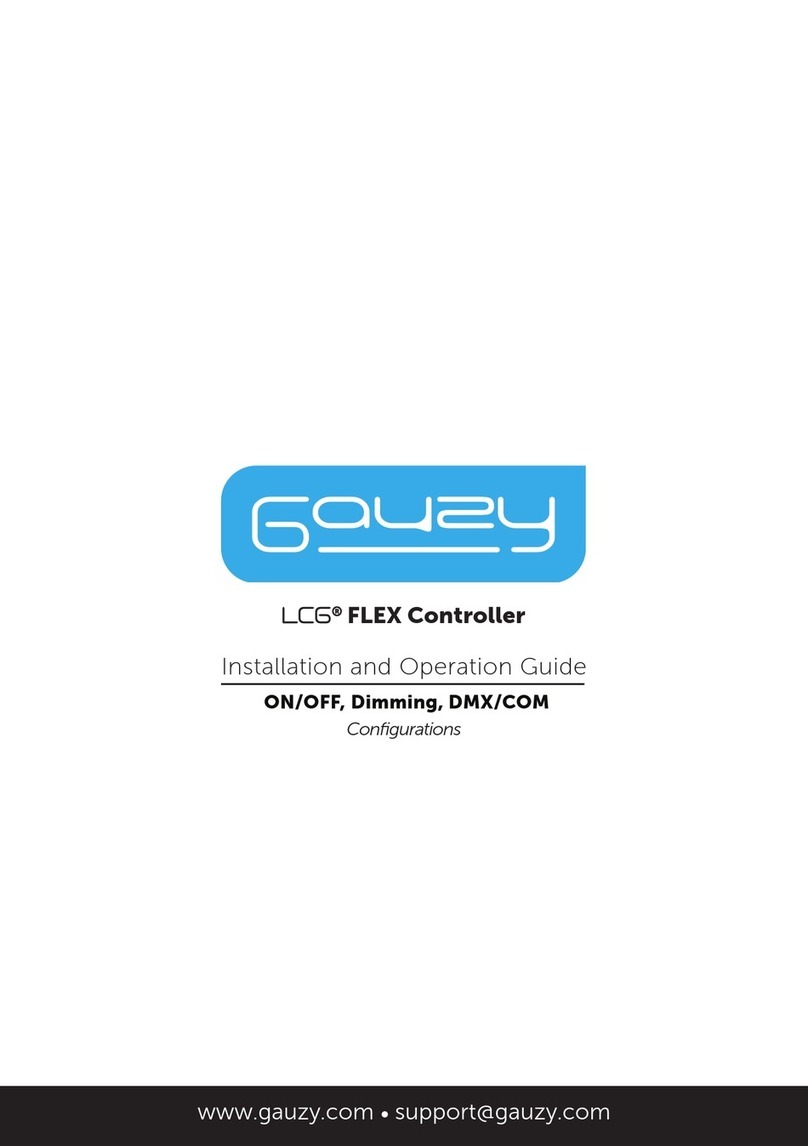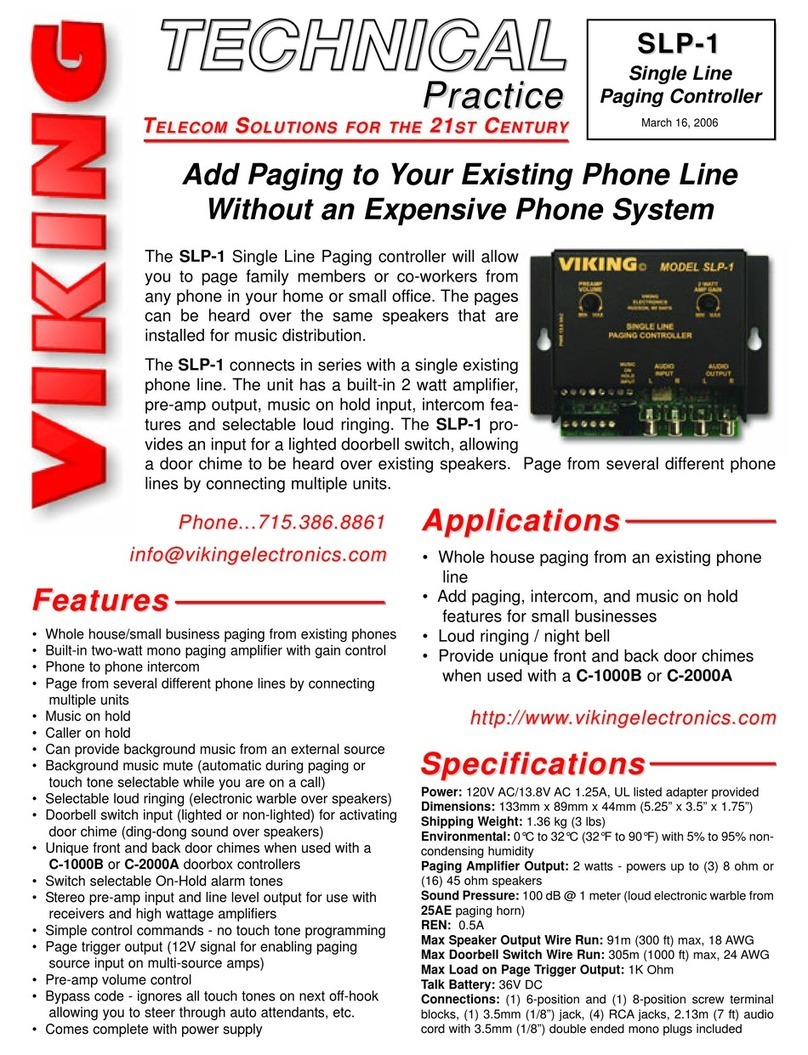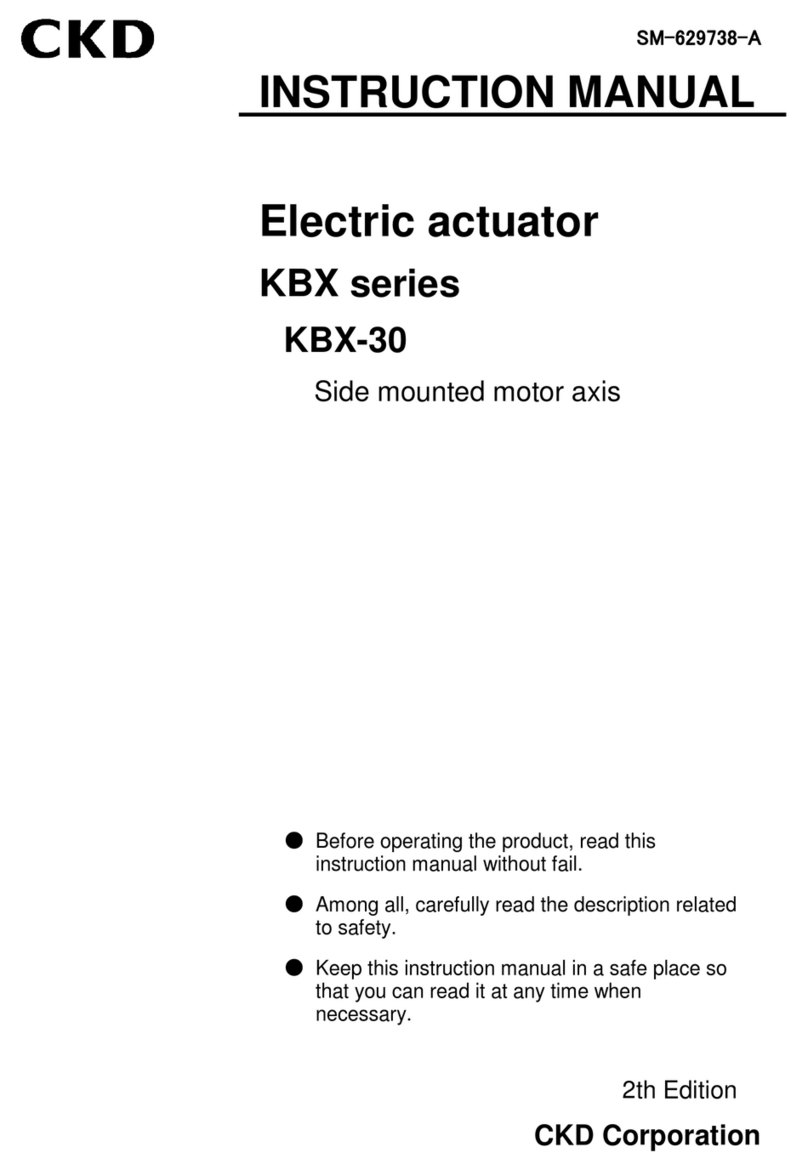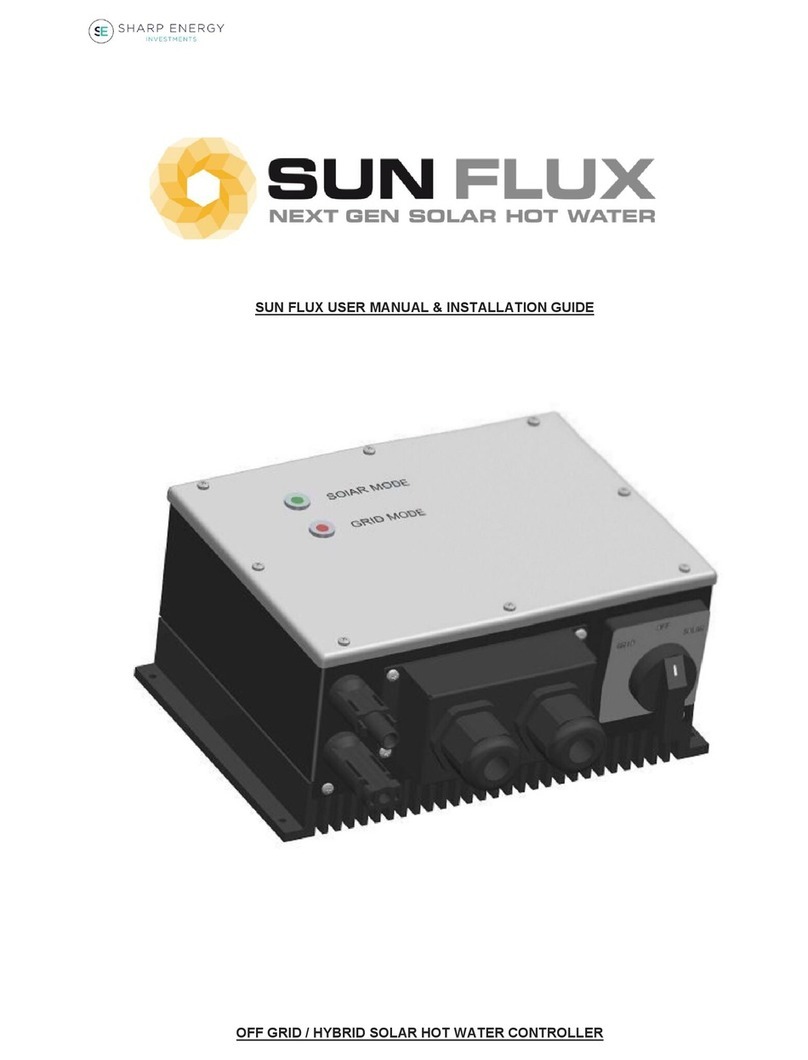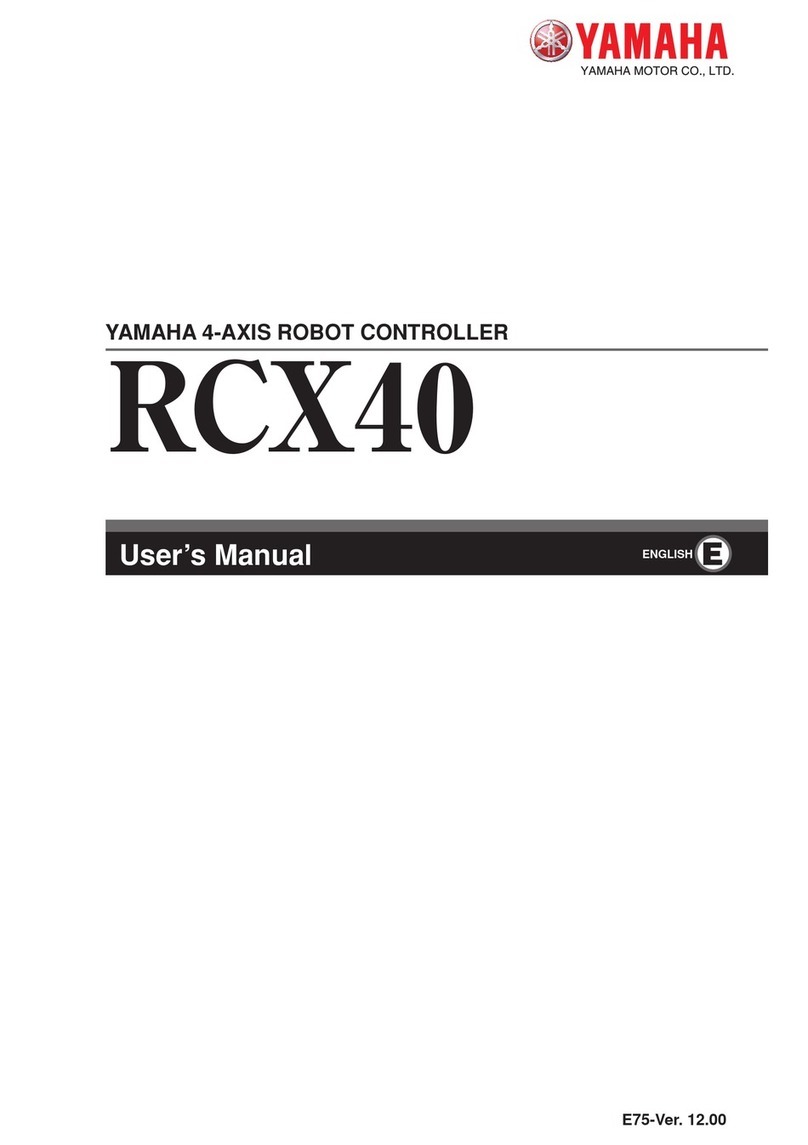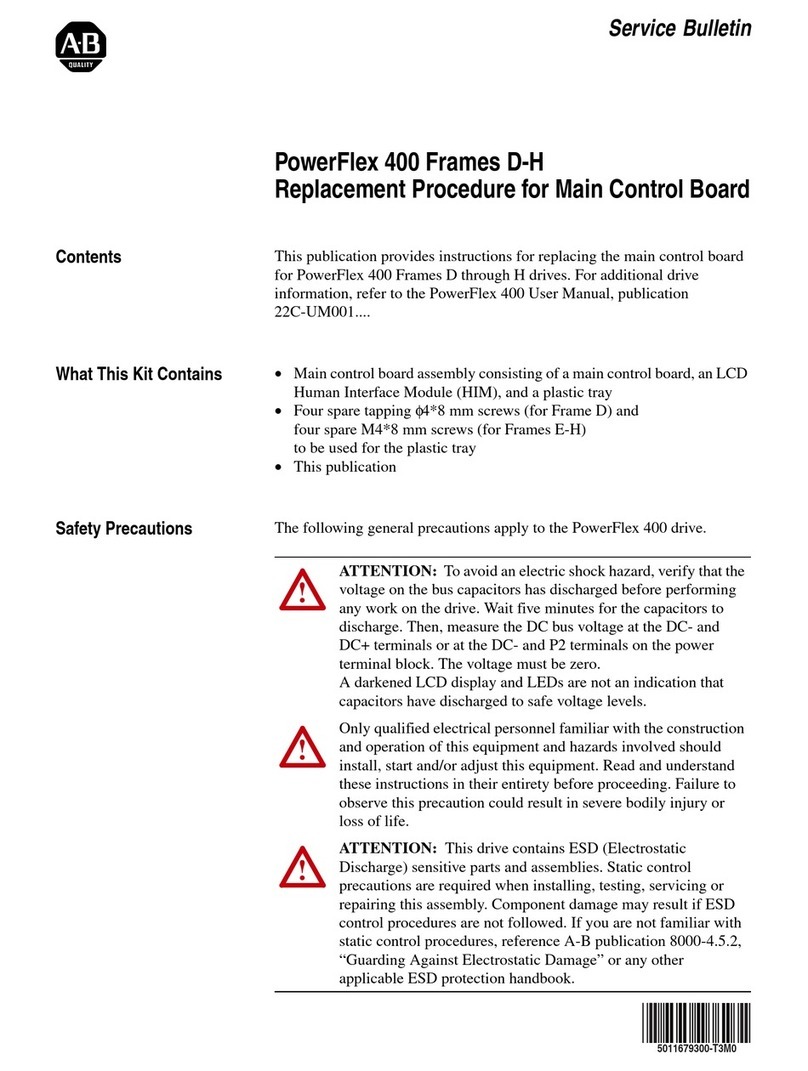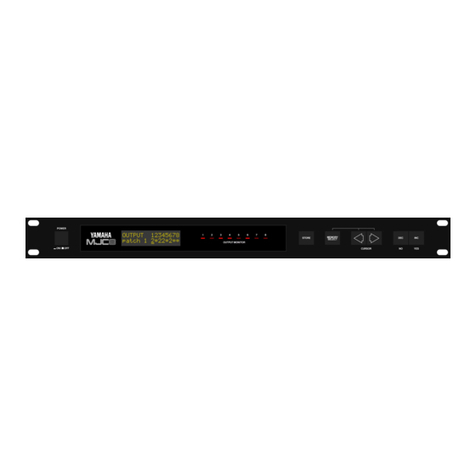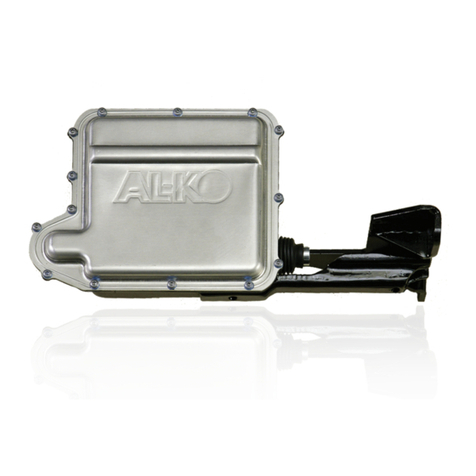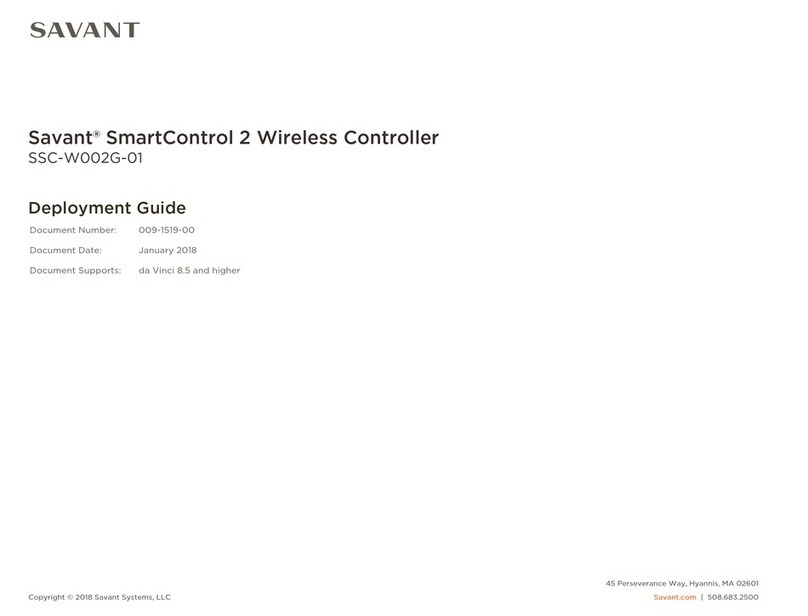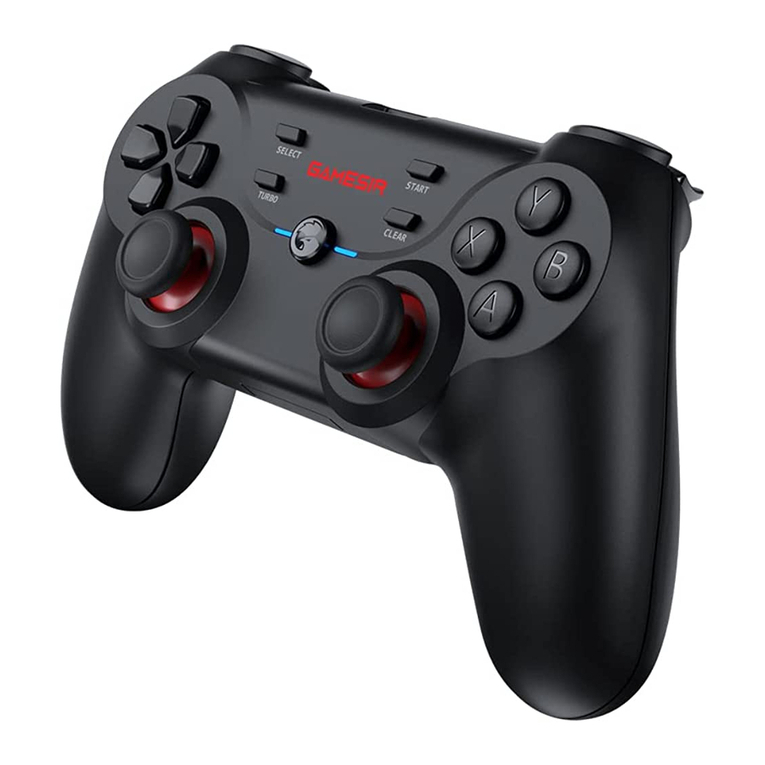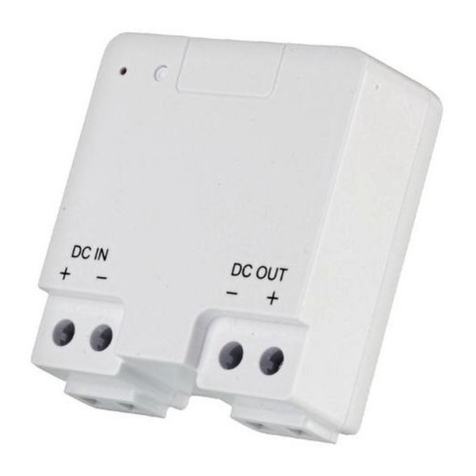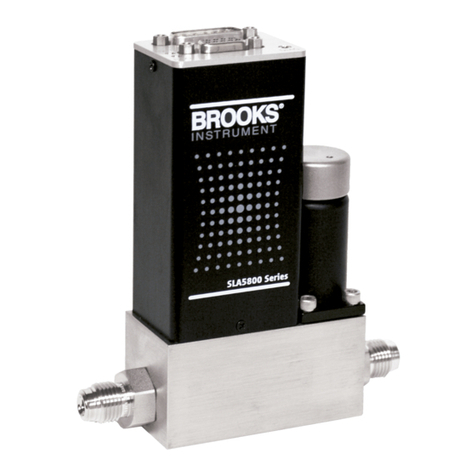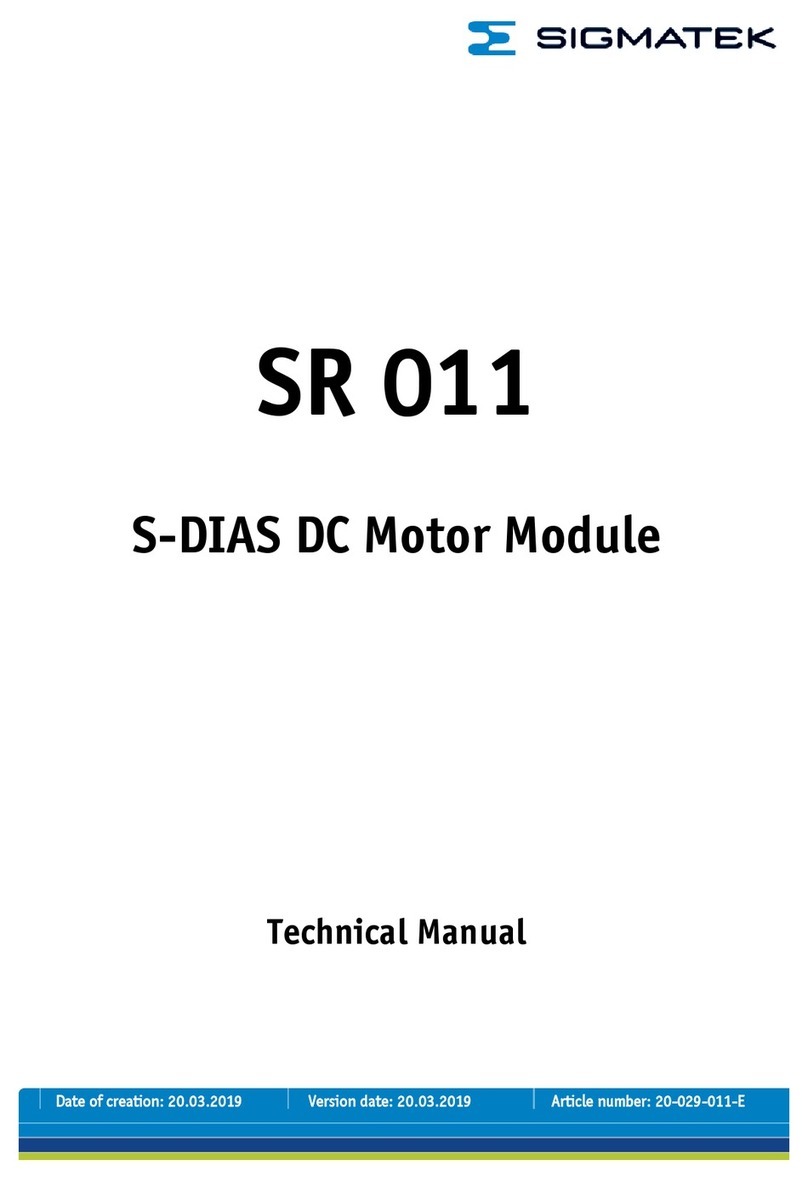
MR95 Series - AD2000 Compliant
10
D-A-CH Region Only
Maintenance
▲ WARNING
To avoid personal injury, property
damage or equipment damage caused
by sudden release of pressure or
explosion of accumulated gas, do
not attempt any maintenance or
disassembly without rst isolating the
regulator from system pressure and
relieving all internal pressure from
the regulator.
To avoid possible personal injury from
spring or pressure-loaded actuator,
make certain the adjusting screw is
completely backed o and the spring
case pressure is vented prior to
disassembly. Otherwise, the spring load
or loading pressure could forcefully
eject the spring case.
Regulators that have been disassembled
for repair must be tested for proper
operation before being returned to
service. Only parts manufactured by
Emerson should be used for repairing
Fisher™ regulators.
Due to normal wear or damage that
may occur from external sources, this
regulator should be inspected and
maintained periodically. The frequency
of inspection and replacement of parts
depends upon the severity of service
conditions or the requirement of local,
state and federal rules and regulations.
Due to normal wear that may occur, inspect the
parts periodically and replace if necessary. The
frequency of inspection depends on the severity of
service conditions or the requirements of state and
federal laws.
Replace parts such as the O-rings, gaskets,
diaphragm and packing as necessary. Always
apply lubricants as the regulator is being
reassembled. Suitable lubricants are shown in the
assembly drawings.
The regulator does not have to be taken out of the
pipeline to be disassembled. All key numbers are
referenced in Figures 4 to 7.
Replacement or Maintenance of Orice
and Valve Plug
If it appears that the valve does not shut o tightly, the
orice and valve plug could be worn out or damaged.
Proceed as follows to check and/or replace them.
1. Shut down the regulator. Refer to Shutdown
section for the proper procedure.
2. Unscrew the valve plug guide (key 5) from the
body (key 1). The valve plug spring (key 26) and
the valve plug (key 4) will normally come out of the
body along with the valve plug guide. On DN 40 or
50 / 1-1/2 or 2 in. body size regulators, the stem
(key 6) will also come out of the regulator body.
3. Inspect the seating surface of the valve plug
(key 4), make sure that the elastomer, PTFE or
polished metal surface of the valve plug is not
damaged. Also inspect the external O-ring (key 4c)
on the valve plug of Type MR95HP. Replace the
valve plug assembly if damage is noted.
4. Inspect the seating edge of the orice (key 3).
If damage is noted, unscrew the orice from
the body (key 1) and replace it with a new part.
Reference Table 8 for proper torque values.
5. Re-assemble the regulator in the reverse order of
the above steps. When installing the valve plug
guide (key 5), coat the threads and sealing surface
with sealant to ensure an adequate metal-to-metal
seal. Reference Table 8 for proper torque values.
Flange Cap Screw Torque Inspection
Retorquing of spring case cap screws may be
necessary for some MR95 Series regulators after a
period of use. Retorque the cap screws as follows:
1. Shut down the regulator. Refer to Shutdown
section for the proper procedure.
2. Retighten the cap screws (key 16) in a crisscross
pattern. See Table 8 for proper torque values.
3. Follow the Startup section to re-pressurize
the regulator.
4. Refer to the Replacement of Diaphragm section
as needed.
